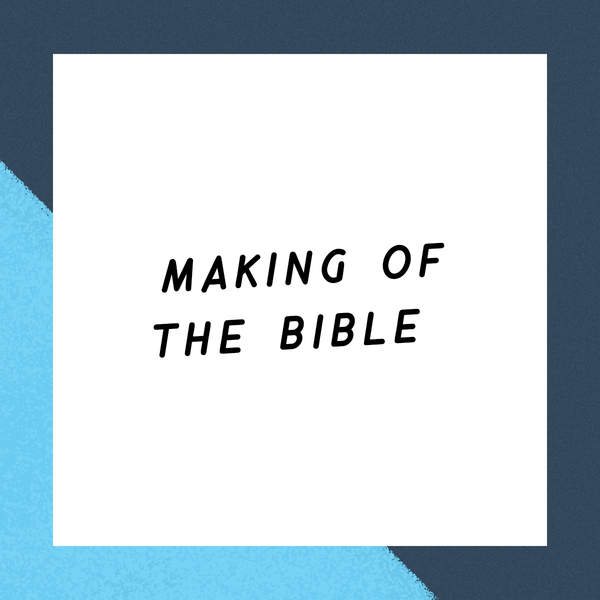
Episode 2
This is the second part of the three part series on the making of the Bible. In this episode we look at how the books of the New Testament were written and collected. If you haven’t listened to the first part, I highly recommend going back and listening to it.
Show Notes
In this episode we dive into the composition and writing of the book of the New Testament. Specifically, we'll look at how the books themselves give us clues about when and how they were written. As we learn more about where the Bible came from, we gain a deeper sense of what the Bible is and what we're supposed to do with it.
Referenced Resources
Interested in learning more? Check out Tim's library for a list of recommended books and other resources.
Get the BibleProject app for access to our entire library of resources in one place.